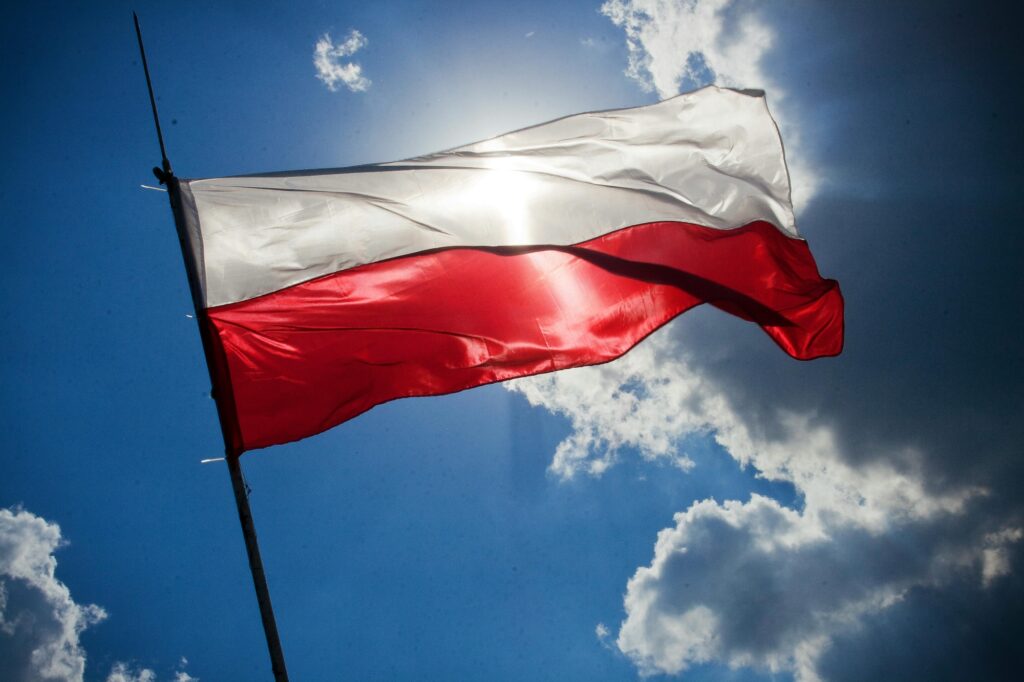Poland has never been on the top of anyone’s mind – until now. I should clarify – Poland doesn’t get the spotlight that Germany, France, and the UK does. Poland sits quietly on the periphery and enjoys one of the highest Gross Domestic Product (GDP) rates in the EU ranking fifth. Their economy has grown steadily for 28 consecutive years.
Suddenly, with the prospect of rebuilding the Ukraine, Poland springs to our attention. I would venture to say if the citizens of the United States and Poland stay focused on what is possible, they could bring bilateral trade volumes to the highest levels in history. The next few years will be critical in determining the future of trade.
The opportunity:
The U.S. Administration is implementing an agenda that includes green economy and security.
- Traditional U.S. exports:
- Defense
- Information technology
- Infrastructure
- Energy
- Smart cities solutions
- Food products
- Energy efficient building products and technologies
- Aviation and Transportation are the fastest growing sectors.
- SE Poland “Aviation Valley” (recently established)
- Intelligent Transportation Systems
- Professional, Scientific, and Technical services.
- Computers and Electronic products.
- The U.S. is advocating for an increase in Agricultural Trade.
Market intelligence: https://www.trade.gov/market-intelligence-search/525
Barriers to trade:
All business entities operating in Poland (including foreign companies) have equal access to international trade. However, this access is subject to trade policy measures introduced by the EU, which Poland is obliged to observe. See the European Union Commercial Guide for information on marks, labels, and related legislation.
- Based on the available information, Poland has a strong opposition to genetically modified organisms (GMOs) in agriculture. Although the country’s regulatory framework technically allows for the use of GMOs, Poland has implemented a ban on the cultivation of GMOs, including genetically engineered feed for livestock. (AI-Generated)
- Sugar Tax – On August 25, 2020, a sugar tax was signed into law with an implementation date of January 1, 2021. While all foreign owned companies are subject to the tax, U.S. companies operating in Poland are expected to pay a majority of these taxes as Polish companies have been exempted. The tax calls for producers and importers of sweetened beverages (drinks containing added sugar, caffeine, or taurine) and alcohol in small bottles to pay a tax ranging from $0.14 to $0.31 per liter of the product. Exceptions include dietary supplements, infant formula, milk products, or products that have milk as their first ingredient.
- Tariffs – The EU’s average Most-Favored-Nation (MFN) applied tariff rate was 5.1 percent in 2019 (latest data available). The EU’s average MFN applied tariff rate was 12.7 percent for agricultural products and 3.9 percent for non-agricultural products in 2019 (latest data available).
- European Standardization and Conformity Assessment Procedures – The EU’s approach to standards-related measures, including its conformity assessment framework and its efforts to encourage governments around the world to adopt its approach and its European regional standards, creates a challenging environment for U.S. exporters. In particular, the EU’s approach impedes market access for products that conform to international standards as opposed to European regional standards (called European harmonized standards or harmonized ENs), even though international standards may meet or exceed the EU (or third country) regulatory requirements. U.S. producers and exporters thus face additional burdens in accessing the EU market not faced by EU exporters and producers in accessing the U.S. market.
- Chemicals – Registration, Evaluation, Authorization, and Restriction of Chemicals (REACH) The EU regulation concerning the production, marketing, and use of chemicals as substances and in products, known as REACH, entered into force on June 1, 2007. REACH imposes extensive registration, testing, and data requirements on chemicals manufactured in or imported into the EU in quantities greater than one metric ton. REACH contains provisions permitting the Commission to limit or ban the sale of substances and their uses in products on the EU market.
To Succeed in this Market:
Exporters have found considerable success targeting competitive niches, using effective market-entry strategies, and diligently following up with marketing and sales support.
Forty percent of Poles live in rural areas and urban dwellers are spread across many population centers. Urban consumers generally have greater purchasing power than their rural counterparts. Personal contact with the customer is critical and final purchasing decisions typically require a face-to-face meeting. Success in this market typically requires an in-country presence, such as an agent, distributor, or representative office.
While the number of English speakers in Poland is rising, particularly in cities, communication in Polish is recommended to elicit prompt responses to offers and inquiries and to facilitate negotiations. Poland’s communication network is relatively well developed, and email communications and website offerings are an effective means of reaching local buyers.
- Personal contact is critical!
- In-Country Presence (Agent, Distributor).
- Polish language is recommended.
- Pricing is critical!
- Offer terms or seek EXIM assistance.
Pricing is a critical factor in positioning a product or service for sale in Poland. Access to capital is difficult for most Polish firms, and business transactions are typically self-financed. U.S. firms that can arrange financing will have a competitive edge. U.S. exporters should develop a creative strategy for financing exports. Pricing can be a challenge for some U.S. exporters, especially as Poles often make decisions on price alone. Careful crafting of terms of sale, including creative currency and pricing terms, will help U.S. exporters gain a long-term advantage in the Polish market.
The SBDC’s Go Global Initiative is here to help you explore these opportunities and help your company gear up for what is projected to be one of the largest rebuilding opportunities our generation has seen.

